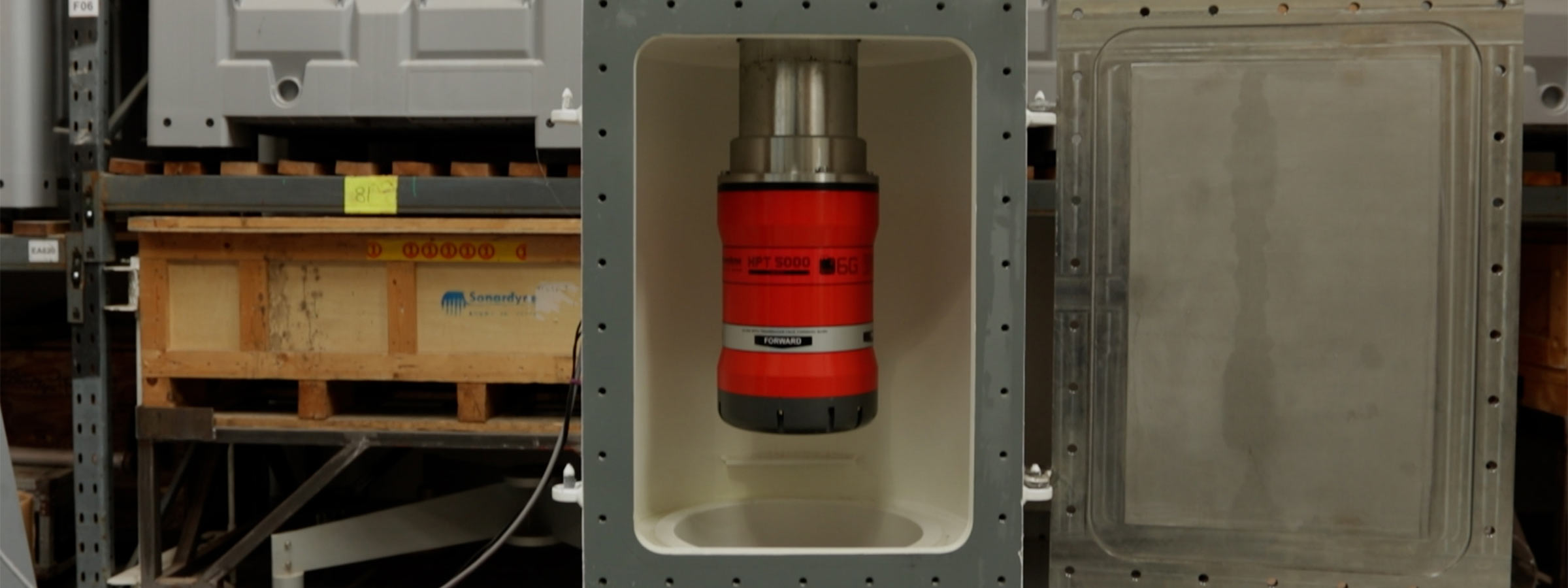By Duncan Rigg
Transceiver deployment systems are key to ensuring your Ultra-Short BaseLine (USBL) system or sonar system performs at its best.
I looked at selecting the right deployment system for you in my last blog. But, once you’ve installed your system, there are a number of basic checks that you can do to help preserve its integrity and make sure that it still supports your sensor in the way it should.
We’ve created an easy step-by-step guide for you, outlined below. You can of course also call us if you would like any further support.
Step 1 – check for contamination 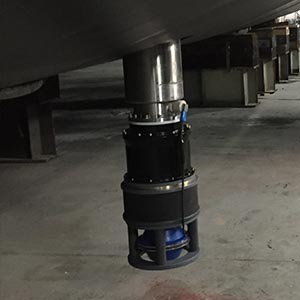 Contamination on the pole or inside the sea chest on a through-hull deployed pole will likely affect the installed sensor. For example, if the vessel transits through surface oil, there will likely be a residue left on the pole or inside the sea chest. During recovery this residue may coat the sensor.
Contamination on the pole or inside the sea chest on a through-hull deployed pole will likely affect the installed sensor. For example, if the vessel transits through surface oil, there will likely be a residue left on the pole or inside the sea chest. During recovery this residue may coat the sensor.
This can affect an acoustic device’s ability to determine range and bearing. This can be made even worse if the sensor is coated in soft marine growth, which acts like a sponge and absorbs the oil. It is therefore very important to check the pole on a regular basis and check for signs of contamination.
On the through-hull deployment machine, this can be done simply by flushing the sea chest with seawater. Just drain the sea chest and then open the gate valve. For the over-the-side pole, a quick inspection of the pole and sensor once recovered is usually sufficient to see if there is a residue present.
The through-tube pole will be more difficult to determine, but, with its modular construction, it can be easily removed from the tube so the sensor can be inspected.
Step 2 – check your bracing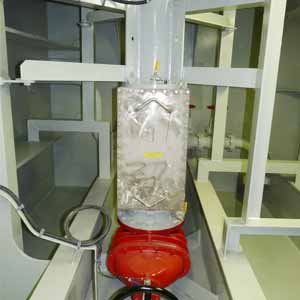 Sonardyne’s deployment systems are designed to work in harsh environments and have been built to withstand through-current speeds of up to 10 kts. The force generated on the pole whilst deployed is significant and if not correctly braced there is a potential of not only damaging the pole but also the vessel structure.
Sonardyne’s deployment systems are designed to work in harsh environments and have been built to withstand through-current speeds of up to 10 kts. The force generated on the pole whilst deployed is significant and if not correctly braced there is a potential of not only damaging the pole but also the vessel structure.
One of the results of an inappropriately braced machine is excessive vibration. This can affect sensor performance and reduce the working life of the deployment pole.
Inspecting the bracing on a regular basis and ensuring the required number of bracing points are used is critical to ensuring longevity and performance. By simply adding a witness mark to all nuts it is possible to visually tell if the tension in the bracing has changed.
Step 3 – check for corrosion All poles are designed to withstand the effects of being submersed for long periods of time. However, if the coating on the pole is damaged, corrosion can begin to set in.
All poles are designed to withstand the effects of being submersed for long periods of time. However, if the coating on the pole is damaged, corrosion can begin to set in.
Regular inspection of the entire pole should pick up areas of corrosion. We can provide details on how to temporarily repair our various deployment poles, but, if the corrosion is excessive, the only safe solution is to replace the pole.
Step 4 – keep it sealed On through-hull deployment poles, the pole surface condition is crucial to ensuring a water-tight seal is maintained. Any blemishes to the pole coating will damage the pole’s seals and scrapers every time the pole is deployed or recovered.
On through-hull deployment poles, the pole surface condition is crucial to ensuring a water-tight seal is maintained. Any blemishes to the pole coating will damage the pole’s seals and scrapers every time the pole is deployed or recovered.
On through-hull deployment systems, the machine forms a water block once the gate valve is opened. It is therefore crucial that all seals are well maintained and replaced as and when needed.
We recommend that all seals are replaced at least every 5 years, but, depending on where the vessel is operating, this may need to be more frequently. Typically, water ingress occurs where the pole passes through the sealing section. Although reaching these seals whilst afloat is possible, it is always a good idea to replace them when in dry dock. If these seals are being damaged regularly, it is also a sign that the pole itself is damaged.
Step 5 – remove marine growth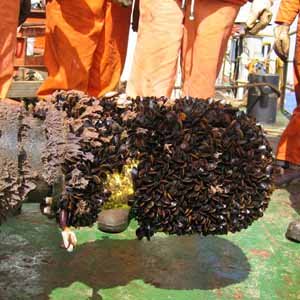 Marine life not only affects the performance of the acoustic sensor, but it can also damage the pole structure, especially gate valves.
Marine life not only affects the performance of the acoustic sensor, but it can also damage the pole structure, especially gate valves.
Marine growth should be cleaned off when possible. On sealed systems, such as the through-hull deployment pole, where access is not always possible at the frequency required, simply operating the gate valve and the machine will remove any build-up of marine growth and ensure the gate valve and pole remain marine growth free.
Step 6 – staff training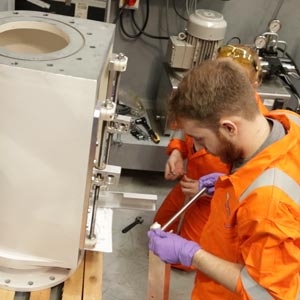 Once installed, deployment poles should be simple to operate. But, it is still a good idea to ensure that everybody who works in and around them is familiar with how they operate. All our deployment poles use hydraulics, so only trained personnel should be operating and servicing them.
Once installed, deployment poles should be simple to operate. But, it is still a good idea to ensure that everybody who works in and around them is familiar with how they operate. All our deployment poles use hydraulics, so only trained personnel should be operating and servicing them.
In addition, the through-hull deployment machine also uses high voltages to drive the hydraulic pump. Due to its design, the through-hull deployment pole can be operated remotely, so a full understanding of how the system works and a safe working practice must be implemented by the vessel to ensure those operating and working on the machine do so safely.
The through-hull deployment pole has a manual override function that the crew should familiarise themselves with in case of a power-out or for emergency operation.
We can provide training on operation and maintenance for all deployment poles and we recommend that any training is given on the vessel the machine is installed on.
We also offer site survey services, to ensure the installation and integration of your pole is done efficiently and so that your system will work at its best.
If you’d like to know more about our deployment machines options or to discuss a particular project, please get in touch.
